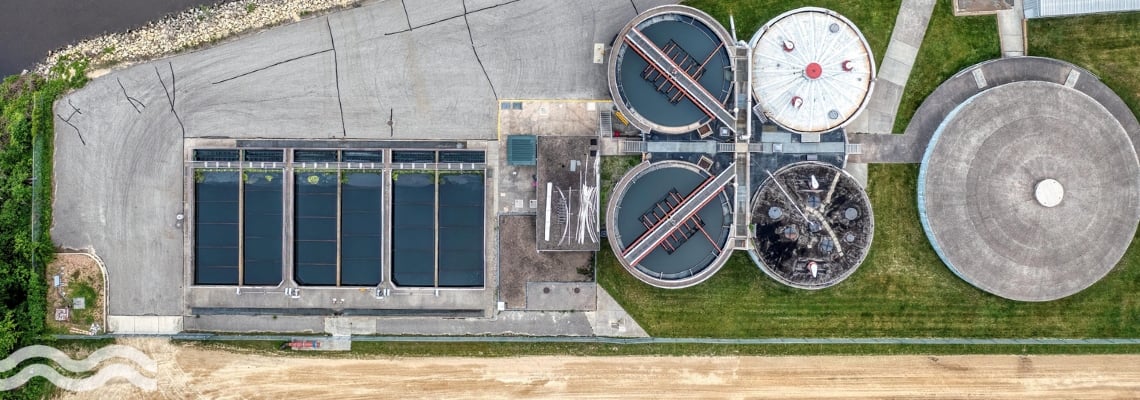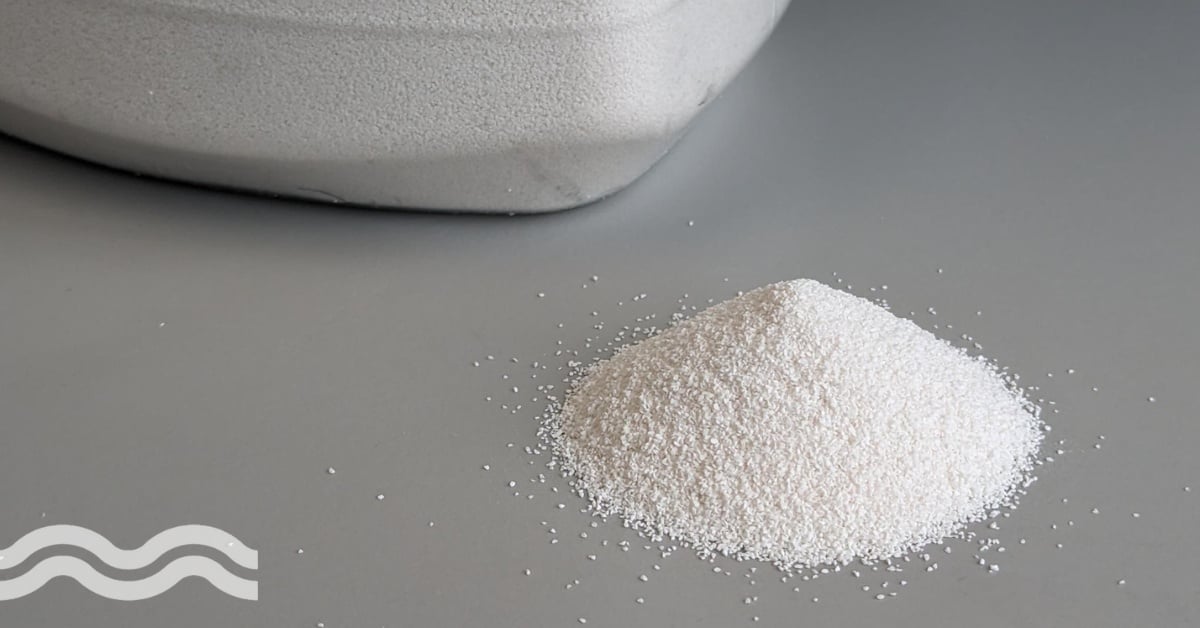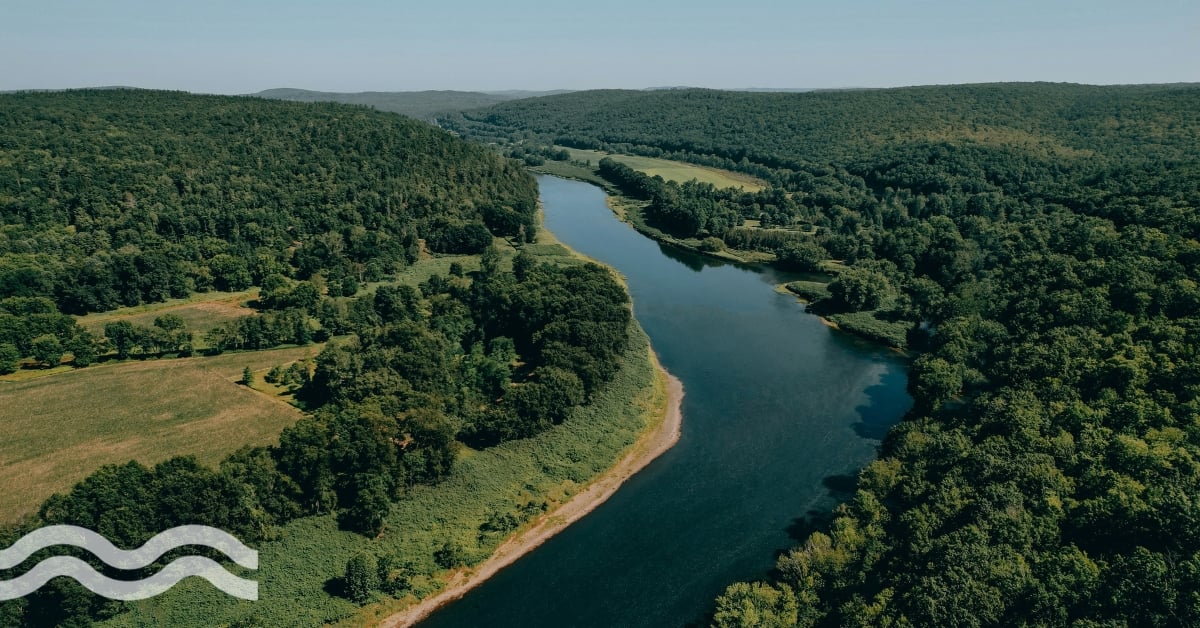
The U.S. Environmental Protection Agency (EPA) is extending the date for water systems to comply with regulations outlining the removal of Per- and Polyfluoroalkyl substances (PFAS) from drinking water and will reconsider how it regulates a subset of the so-called forever chemicals.
Maximum contaminant levels will be maintained
The EPA will provide ‘common-sense flexibility’ for water systems tackling PFAS contamination. However, despite announcing an extension for compliance, the EPA will keep the current maximum contaminant levels for perfluorooctanoic acid (PFOA) and perfluorooctane sulfonic acid (PFOS), as outlined in the National Primary Drinking Water Regulations (NPDWR).
The NPDWR, which became law in 2024, sets nationwide limits for these chemicals in drinking water. Public water systems were originally given until 2029 to comply with limits, or Maximum Contaminant Levels (MCLs), which are legally enforceable.
However, the EPA now intends to extend compliance deadlines for PFOA and PFOS, with a new deadline set for 2031.

PFAS OUT for rural communities
One of the main drivers behind the decision to extend compliance is to allow small and rural water systems, that might otherwise struggle, to meet compliance. As such, the EPA has set up the PFAS OUTreach Initiative (PFAS OUT) – an outreach system that will help rural and small communities address what the EPA calls ‘the most significant compliance challenges EPA has heard from public water systems, members of Congress, and other stakeholders, while supporting actions to protect the American people from certain PFAS in drinking water’.
A federal exemption framework will also be established.
PFAS changes to the EPA in the US
The announcement follows the appointment of Lee Zeldin as agency lead with sole responsibility for the fight against the so-called forever chemicals, and a string of new PFAS measures, including the creation of effluent limitations guidelines (ELGs) for certain PFAS to stop these forever chemicals from entering drinking water systems, and initiatives to engage with Congress and industry to establish a clear liability framework that ensures the polluter pays and passive receivers are protected.
Zeldin was a founding member of the PFAS Congressional Taskforce and a supporter of the PFAS Action Act. Although he has voted against EPA actions in the past, along party lines, he has been an advocate for providing all Americans with clean water and for making polluters pay, rather than consumers.
Announcing the changes, Zeldin said: “We are on a path to uphold the agency’s nationwide standards to protect Americans from PFOA and PFOS in their water. At the same time, we will work to provide common-sense flexibility in the form of additional time for compliance.”
He added: “This will support water systems across the country, including small systems in rural communities, as they work to address these contaminants. EPA will also continue to use its regulatory and enforcement tools to hold polluters accountable.”
Small communities struggling to meet compliance
The announcement will please many smaller water systems who might otherwise face challenges in meeting compliance.
Alan Roberson, executive director, Association of State Drinking Water Administrators, told media: “ASDWA supports EPA’s proposed approach to the PFAS regulation to extend the compliance date for systems by an additional two years. With the current compliance date of 2029, states and water systems are struggling with the timeframes to complete the pilot testing, development of construction plans, and building the necessary treatment improvements.”
National Rural Water Association CEO Matthew Holmes, echoed Roberson’s statement: “EPA has done the right thing for rural and small communities by delaying implementation of the PFAS rule. This commonsense decision provides the additional time that water system managers need to identify affordable treatment technologies and make sure they are on a sustainable path to compliance.”
Some PFAS will be reconsidered for regulation
Some members of the forever chemical family will be reconsidered for regulation.
Perfluorohexanesulfonic acid (PFHxS), Perfluorononanoic (PFNA), Hexafluoropropylene oxide dimer acid (HFPO-DA), and Perfluorobutanesulfonic acid (PFBS) will be taken out of current regulations to ‘ensure that the determinations and any resulting drinking water regulation follow the legal process laid out in the Safe Drinking Water Act’.
States accelerate drinking water protections
Many states and water companies are already planning, testing and developing systems to remove PFAS substances from drinking water. The city of Vancouver in Washington State (not to be confused with the Canadian city of Vancouver across the border), has contracted sustainable design and engineering company Stantec to design a PFAS treatment system for its Water Station 4 facility.
The city started testing for PFAS in 2023. When the facility is complete it will treat approximately 12.2 million gallons per day.
Matt Travers, Stantec’s executive vice president and business operating unit leader, Water, told media: “Water and wastewater utilities across the US are taking important action to treat PFAS in their water supply,”
“For the City of Vancouver, we’re leveraging the strengths of our regional team along with national practitioners to address this challenge, meet regulatory standards, and provide long-term safety and reliability in the community’s drinking water supply.”


